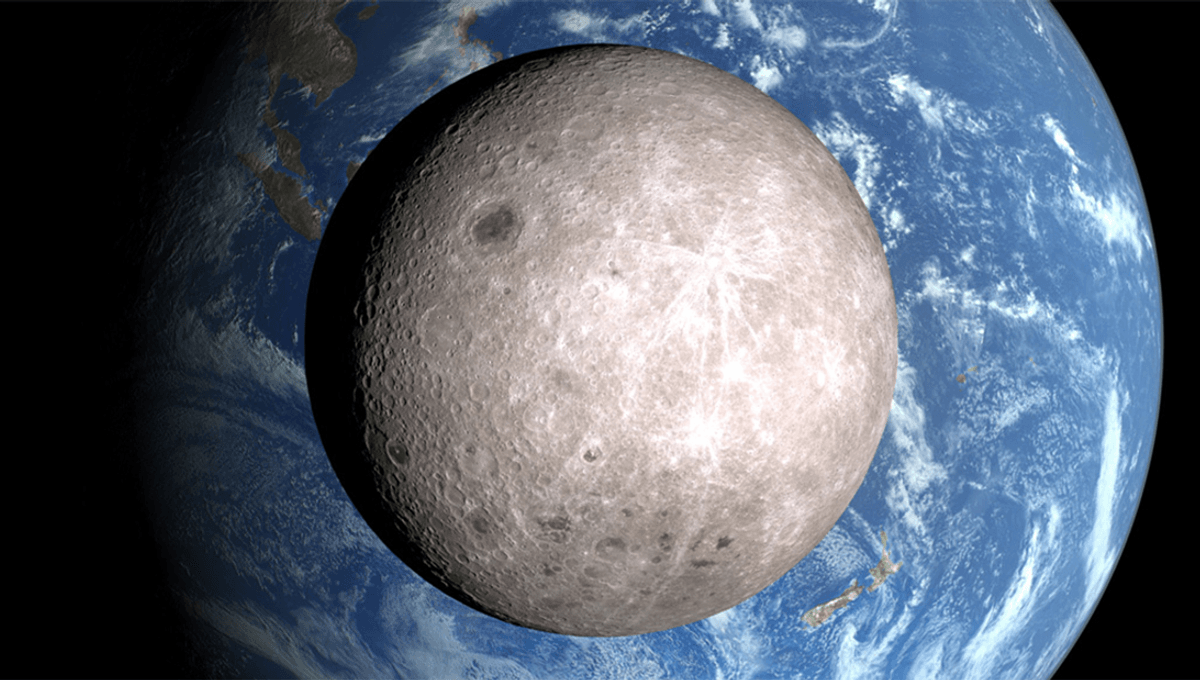
A new study has found evidence that the Moon may be a lot more alive in recent times than we realized, geologically speaking.
ADVERTISEMENT GO AD FREE
On the Moon, there are vast basins known as “mares”, which were formed billions of years ago when the Moon was geologically active. Scientists long believed that these mares were “dead“, having ceased geological activity billions of years ago. However, in recent years there have been tantalizing hints that the Moon may have been a little more active in the (relatively) recent past.
In the new study, researchers attempted to estimate how recently the Moon was active. They did so first by identifying 266 previously unknown ridges on the far side of the Moon, using advanced mapping and modeling techniques. In order to estimate the ridges’ ages, the team then began counting craters.
“Essentially, the more craters a surface has, the older it is; the surface has more time to accumulate more craters,” Jaclyn Clark, an assistant research scientist in the University of Maryland’s Department of Geology, explained in a statement. “After counting the craters around these small ridges and seeing that some of the ridges cut through existing impact craters, we believe these landforms were tectonically active in the last 160 million years.”
The ridges, judging by meteor impact craters, were significantly younger than the surrounding region, suggesting a more recent formation than expected.
“Many scientists believe that most of the Moon’s geological movements happened two and a half, maybe three billion years ago,” Clark added. “But we’re seeing that these tectonic landforms have been recently active in the last billion years and may still be active today. These small mare ridges seem to have formed within the last 200 million years or so, which is relatively recent considering the Moon’s timescale.”
The team found that the small mare ridges (SMRs) were similar to those found on the near side of the Moon, suggesting they were created by a similar mechanism. The team puts this down to the Moon shrinking as it cools, as well as changes in the Moon’s orbit.
ADVERTISEMENT GO AD FREE
“Our findings are directly relevant to the upcoming crewed or robotic lunar missions that seek to investigate the subsurface structure and/or the current seismic state of the Moon. The Apollo Lunar Seismic Experiment detected 28 shallow moonquakes with magnitudes of ∼1.5–5 and most with stress drops of =<10 MPa>
“The epicenters of those shallow seismic events were spatially correlated with the locations of lobate scarps in the lunar highlands. Similarly, SMRs in the lunar maria may also be a source of recent or ongoing coseismic fault slip and ground acceleration.”
While interesting, further study is needed. The team hopes that upcoming missions to the Moon will help provide some answers on geological activity on the Moon, and whether it is still taking place even today.
ADVERTISEMENT GO AD FREE
“We hope that future missions to the Moon will include tools like ground penetrating radar so researchers can better understand the structures beneath the lunar surface,” Clark added. “Knowing that the moon is still geologically dynamic has very real implications for where we’re planning to put our astronauts, equipment and infrastructure on the Moon.”
The study is published in The Planetary Science Journal.
Source Link: Ridges On Far Side Of The Moon May Show It's Far More "Alive" Than We Thought